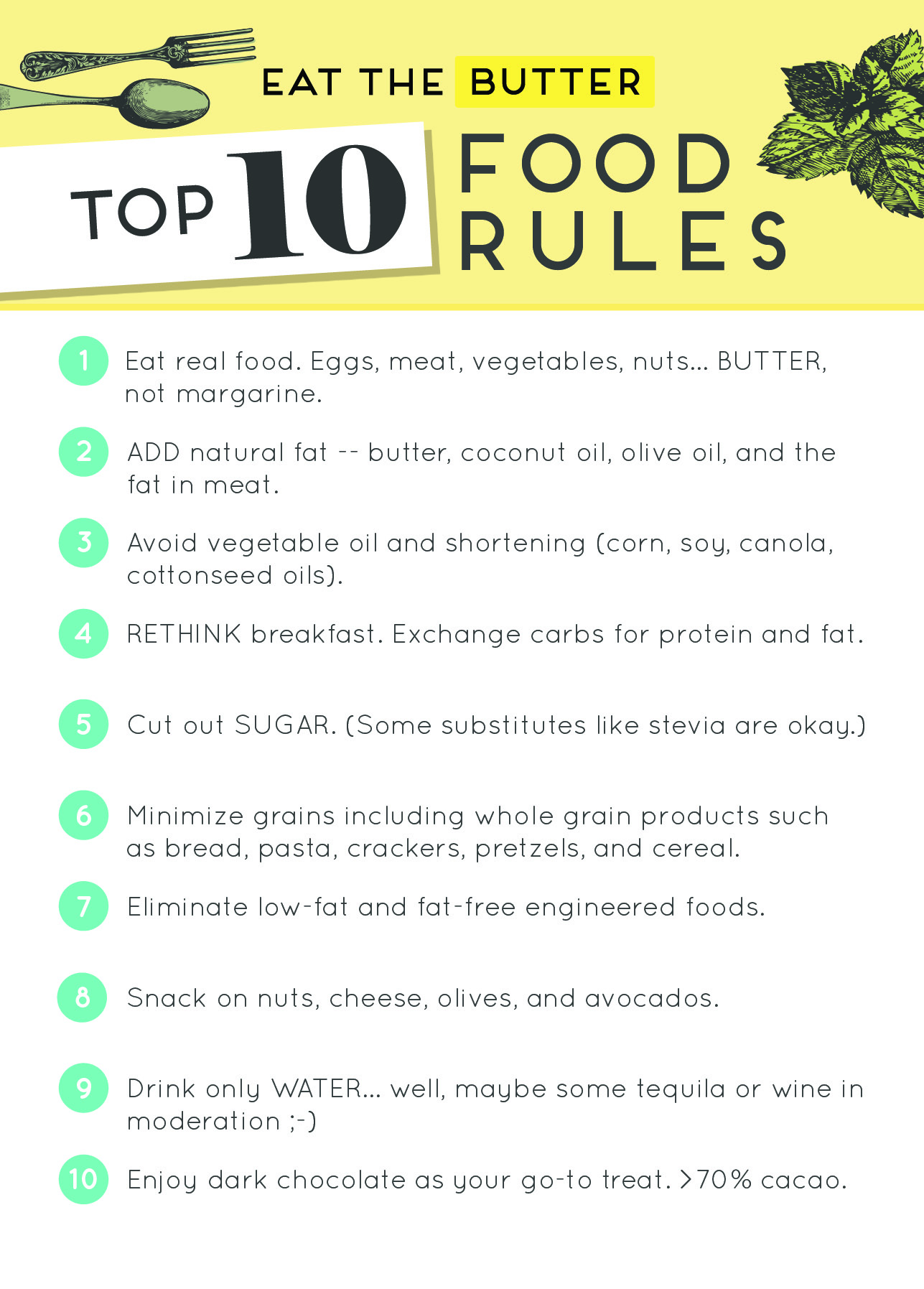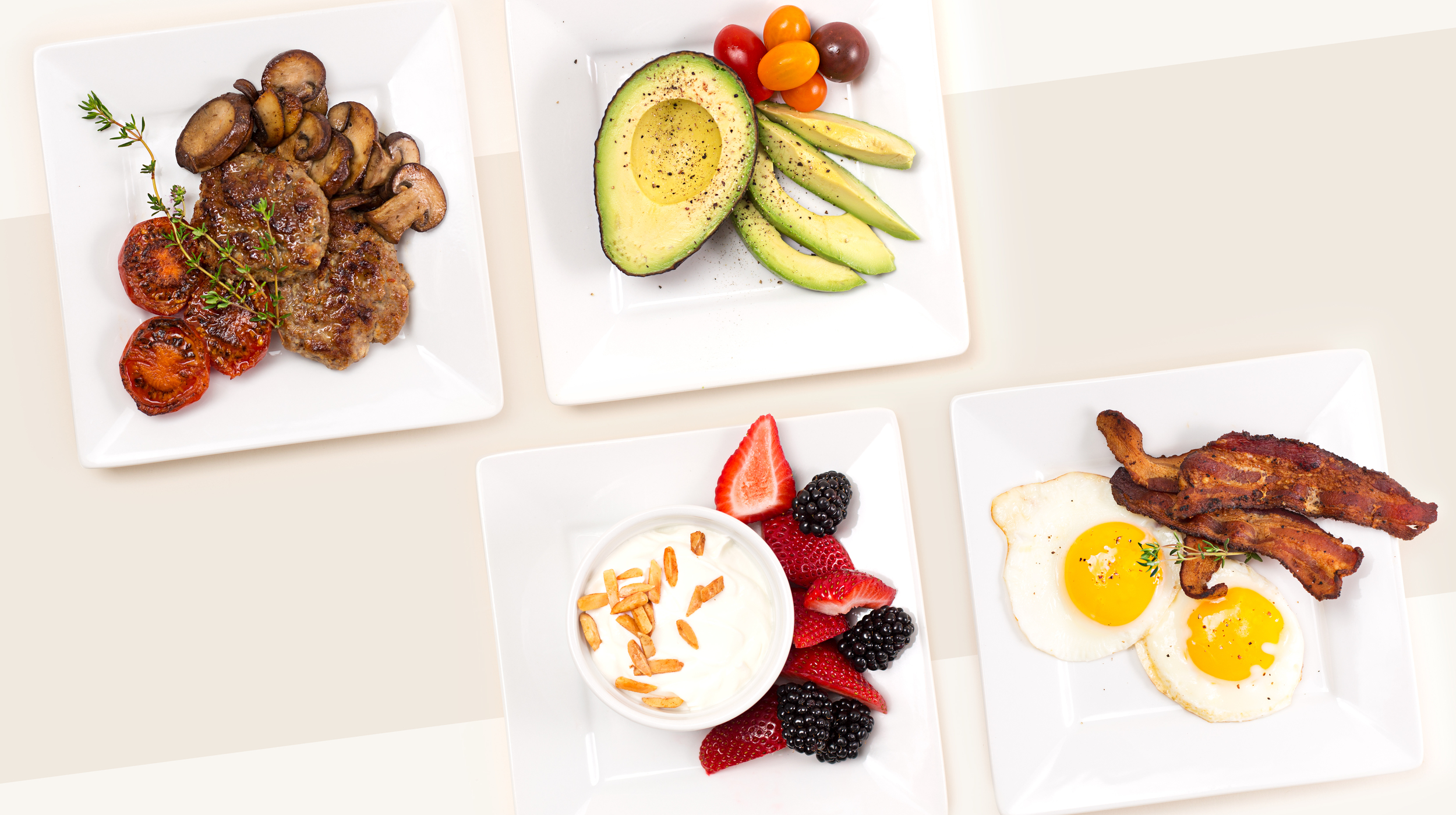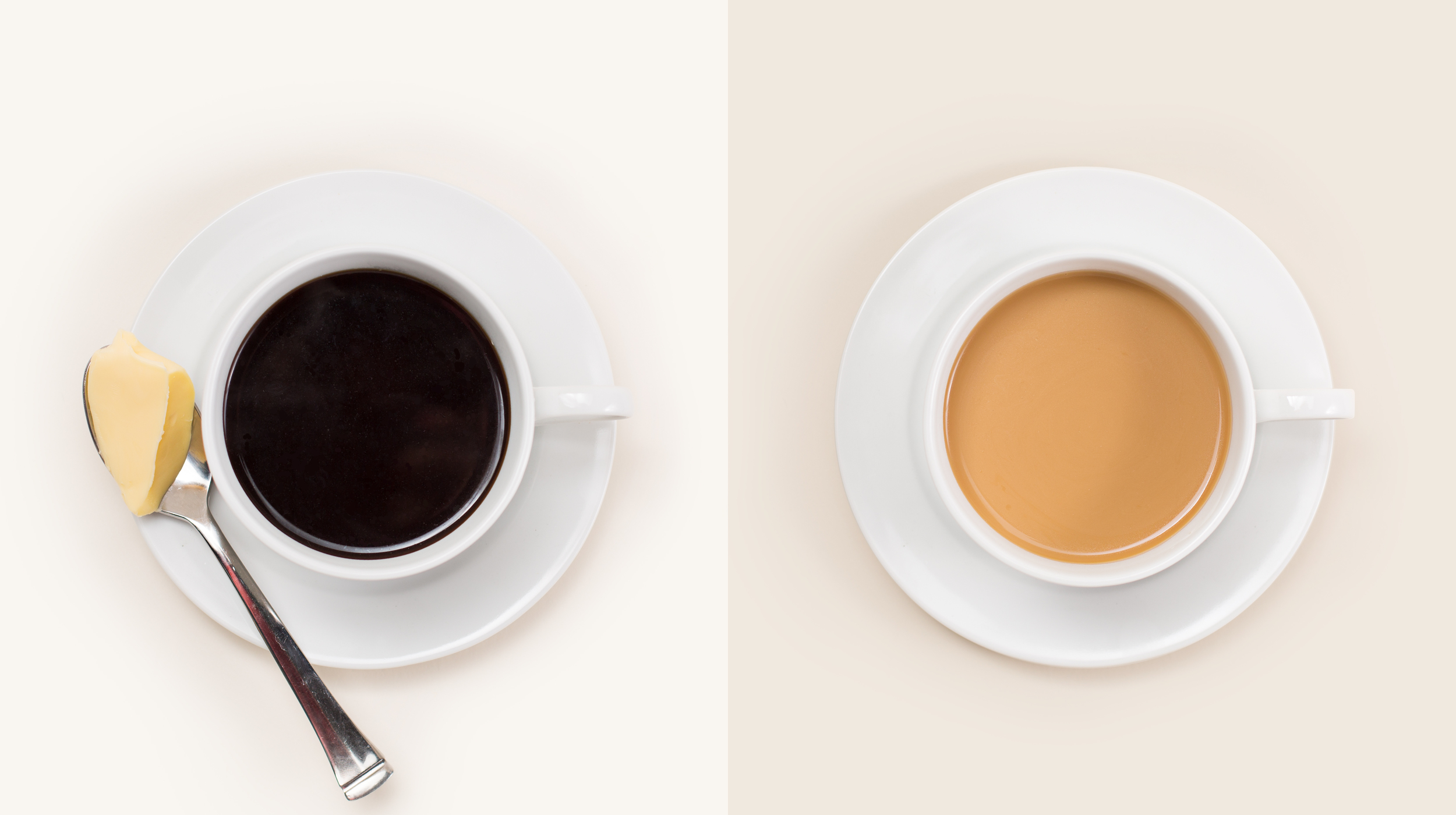I want to live to be (at least) 75. This may not seem very ambitious. Dave Asprey, nutrition entrepreneur and host of Bulletproof Radio, regularly insists, on air, that he plans to live to 180—a classic overachiever.
Sure, living vibrantly well into my 80s (even 90s, maybe?) is on my wish list. But my first priority, what I absolutely want, is to avoid dying in midlife. I have (perhaps generously) defined this as dying before age 75; before nearing American life expectancy and entering old age. When friends or loved ones die before age 75, it feels like a takedown—like they were robbed of prime years. How to avoid that seems like a worthwhile question.
Let’s take a quick look at what kills Americans in midlife. What do people die of between age 45 and 74? And what can we learn from that, and specifically, does it tell us anything about what we should be eating?
First, the bad news. In 2014, almost a million 45-74 year-old Americans died. Over 2,700 midlife folks each day… gone. That is a lot of premature death.
Some good news… Your risk of death during the early part of this age range is quite low. When you are 45-49, your chance of dying (from any cause) each year is only 0.31%. But by age 70-74, it has crept up to about 2.25% each year, which adds up; overall, you have a 11.25% chance of dying in your early 70s (2.25% each year for 5 years).
Cancer Dominates
Heart disease may be the leading cause of death for all Americans, but not in this group of middle-aged folks. Not even close. Cancer wins easily, causing almost one third of all deaths of 45-74 year-olds. Heart disease causes roughly 21% of middle-aged death, trailing cancer by over 100,000 deaths in 2014.
As you can see from the lead graph at the top of this post, some causes of death, like accidents and suicide, are meaningful contributors at 45-49, but they stay pretty steady or even decline as we age. By 70-74, they have become almost unimportant, dwarfed by the rapid growth of cancer and heart disease deaths. I wish I could say that avoiding risky behaviors like texting while driving moves the needle on middle-aged death, but the numbers suggest otherwise. Of course, in your n=1 life, it only takes one accident, so definitely STOP texting and driving. But can we do more?
Want to make it to 75? Avoid cancer and heart disease, and you double your chances. What can be done, from a diet perspective, to minimize cancer and heart disease?
Avoiding Cancer
Our multi-billion dollar war on cancer has been pretty unimpressive. In spite of a greater than 40% drop in rates of smoking, we now see higher (age adjusted) rates of cancer than we did in 1975.
Other than quitting smoking, what can we do to dodge the cancer bullet? Is there anything diet-related that might help? What does the science tell us about cancer and specific foods? This cleverly conceived figure in the American Journal of Clinical Nutrition shows us that it is all over the map. This explains why newspaper headlines go back and forth, reporting countless observational studies about food and cancer, all showing meaningless associations.
All foods cause cancer? American Journal of Clinical Nutrition, November 28, 2012.
So what do we "know" about food and cancer? Turning to clinical trials, we know that low-fat diets do NOT seem to reduce cancer mortality. Large RCTs, like the Women’s Health Initiative (an enormous, expensive trial that had tens of thousands of middle-aged women eating a low-fat diet with more fruits, vegetables and grain) showed no statistically significant reduction of breast cancer and no reduction of colon cancer.
In his 2010 lecture, Dr. Craig Thompson, President of Memorial Sloan Kettering Cancer Center, states that consensus is that overfeeding carbohydrates increases cancer risk, while overfeeding fat does not; protein is halfway in-between. Watch below for about 60 seconds...
UPMC oncologist, Dr. Colin Champ, offers his personal tips, “10 Ways I Cancer-Proof My Life Everyday,” if you subscribe to his newsletter. It is a thoughtful list. I can tell you the top two tips are to cook and eat real, nutrient dense food, low in sugar and simple carbohydrates. Just one cancer researcher’s opinion, and it fits right in with vintage eating.
There is a meaningful amount of speculation in the alternative nutrition world about vegetable oils contributing to cancer. Authority Nutrition, an evidenced-based site, wrote a review article on the many evils of these heavily processed oils, including a section on cancer. One clinical trial showed substituting vegetable oil for saturated fat almost doubled cancer mortality. Vegetable oils are unstable when heated, leading to the release of lots of toxic byproducts like aldehydes. They are not real food... no traditional population could have made them. We should be suspicious of them; look here for vintage fats to eat instead.
Of late, I am hearing a lot of rumblings about viewing cancer as a metabolic (versus genetic) disease, and the promise of very low-carb diets as an adjunct therapy to enhance conventional cancer treatments. As a result, there is speculation that keeping blood glucose, insulin, insulin growth factors, and inflammation low, as low-carb diets do, could be a prudent step toward preventing cancer. Unfortunately, it is early, and most of the completed research is in cell lines and rodent studies, not humans. Definitive answers are a long way off. For a nice summary of the state of the emerging and promising science, check out this lecture, Exploiting Cancer Metabolism with Ketosis, by Dr. Angela Poff.
Given incomplete science, what does culture and common sense tell us? Science journalist Gary Taubes talks about the link between sugar and cancer (beginning around p. 253) in his bestselling book, The Case Against Sugar. He documents how rare cancer was in native populations eating traditional diets, and how, as Western diets (full of sugar and flour) spread, cancer incidence soared. And he talks about the well-documented links between both obesity and diabetes and cancer, fingering insulin as a potential driver. So a vintage diet, low in sugar and processed grains and refined oils, one that emphasizes whole foods found in nature (like the foods that our ancestors ate), is an obvious possibility for prevention. It fits as a potential antidote to the standard American diet (SAD) and the Western diseases, including cancer, that travel with it.
Avoiding Heart Disease
But could a low-carb diet, higher in natural fats including saturated fat, lead to more heart disease? Entire books have been written about this question. The Big Fat Surprise by Nina Teicholz is an award-winning one. (Summary article in the WSJ: “The Questionable Link Between Saturated Fat and Heart Disease.”) Evidence exonerating saturated fat continues to emerge, as buried evidence is unearthed, and large data sets show no significant link between dietary saturated fat and cardiovascular disease mortality. It would seem that the war against dietary fat was long adventure on the wrong track.
Perhaps this is why, after 40 years of low-fat advice, the American Heart Association just reported heart disease prevalence among all American adults of 41.5% and rising... Holy moly, think about that!!!! And, for those between 45 and 64, prevalence of heart disease is around 50%. There has to be a better way.
In fact, most people find that heart health markers like blood pressure and cholesterol profiles improve on a low-carb-healthy-fat eating plan. But there are exceptions; every body is different. Carefully monitoring heart health markers and your own, individual response to your diet is always prudent.
To truly assess heart risk, I would consider the CAC (Coronary Artery Calcium) test. It is a non-invasive CT scan that takes about 10 minutes. It is far more predictive of heart risk than typical markers like LDL levels, which are actually quite poor at predicting heart events. The CAC test sees the actual disease, rather than assessing risk with a guess based on blood lipid levels. Learn more about it from this short, 11 minute, informational video.
Finally, note that prominent Canadian cardiologist, Dr. Salim Yusuf, President of the World Heart Federation, presented a new robust (albeit observational) dataset, the PURE study, suggesting the association between saturated fat and heart disease is neutral or even protective. His data suggests that a diet high in carbohydrates is associated with higher rates of CVD. It is really a remarkable 22 minute lecture and worth watching. If you don't have time, a nice summary and balanced analysis (by Alex F. Sigurdsson MD) of the key points of this eye-opening lecture can be found here.
Avoiding (or Resolving) Diabetes
A 2017 study out of Boston University School of Health and the University of Pennsylvania suggests that our national death statistics severely understate the “contribution of diabetes to mortality in the United States.” In the CDC data used for this post’s analysis, diabetes is noted as the cause of only 3.8% of middle-aged death. Yet the study authors write that their analysis of death certificates reveals that diabetes is the underlying cause of approximately 12% of US deaths.
Further, according to the authors, having diabetes more than doubles one’s chance of dying in any given year, especially for women and those younger than 75. The hazard ratios are presented in Figure 2 from their paper:
Hazard ratios expressing the association between diabetes status and mortality for all participants and by population subgroup. Source: NHIS years 1997–2009 with prospective mortality follow-up through Dec. 2011. http://dx.doi.org/10.1371/journal.pone.0170219.g002 (Figure 2)
Beating diabetes can add years to your life and life to your years. Unfortunately, type 2 diabetes is too often treated as a progressive, irreversible condition in our pharmaceutically-heavy health care system. Considerable evidence demonstrates that low-carb diets offer the greatest promise for resolving T2 diabetes and prediabetes. A new VC-funded Silicon Valley startup, Virta Health, is betting on this approach, with a very low-carb diet and a tech-centric ‘virtual clinic’ model in its toolbox . If you have T2 diabetes, consider trying to reverse it with the help of Virta’s coaches and doctors. If you want to learn more about how to use low-carb diets to resolve type 2 diabetes, check out all of the free resources at Diet Doctor.
Making It to 75… and Beyond
Overall, the promise of a vintage diet dominated by whole, full-fat foods, and missing processed carbs and refined oils is tantalizing. Minimizing blood sugar, insulin, and systemic inflammation with a low-sugar, low-processed-starch, low-refined-oils diet is a potential WIN-WIN-WIN. Less cancer, less heart disease, and less diabetes. Taken together, these wins enhance your chances of surviving middle age. So check out the six lifestyles on this site that can help you accomplish this goal.
One more WIN for low-carb, real food? Less hunger. Not being hangry all the time makes midlife more fun!
And there is one final huge WIN. Brain health. Minimizing sugar and refined carbohydrates is a promising way to avoid the next chapter that none of us want to face — severe cognitive decline in our golden years. Alzheimer’s disease becomes a major cause of death as we exit middle age, and many experts believe that high blood sugar levels play a causal role. Amy Berger documents the emerging science in her new book, The Alzheimer’s Antidote. That should serve as one final motivation to cut out processed carbs and fuel your body with real, full-fat food—because not only do we want to survive midlife, we want to remember it.







































